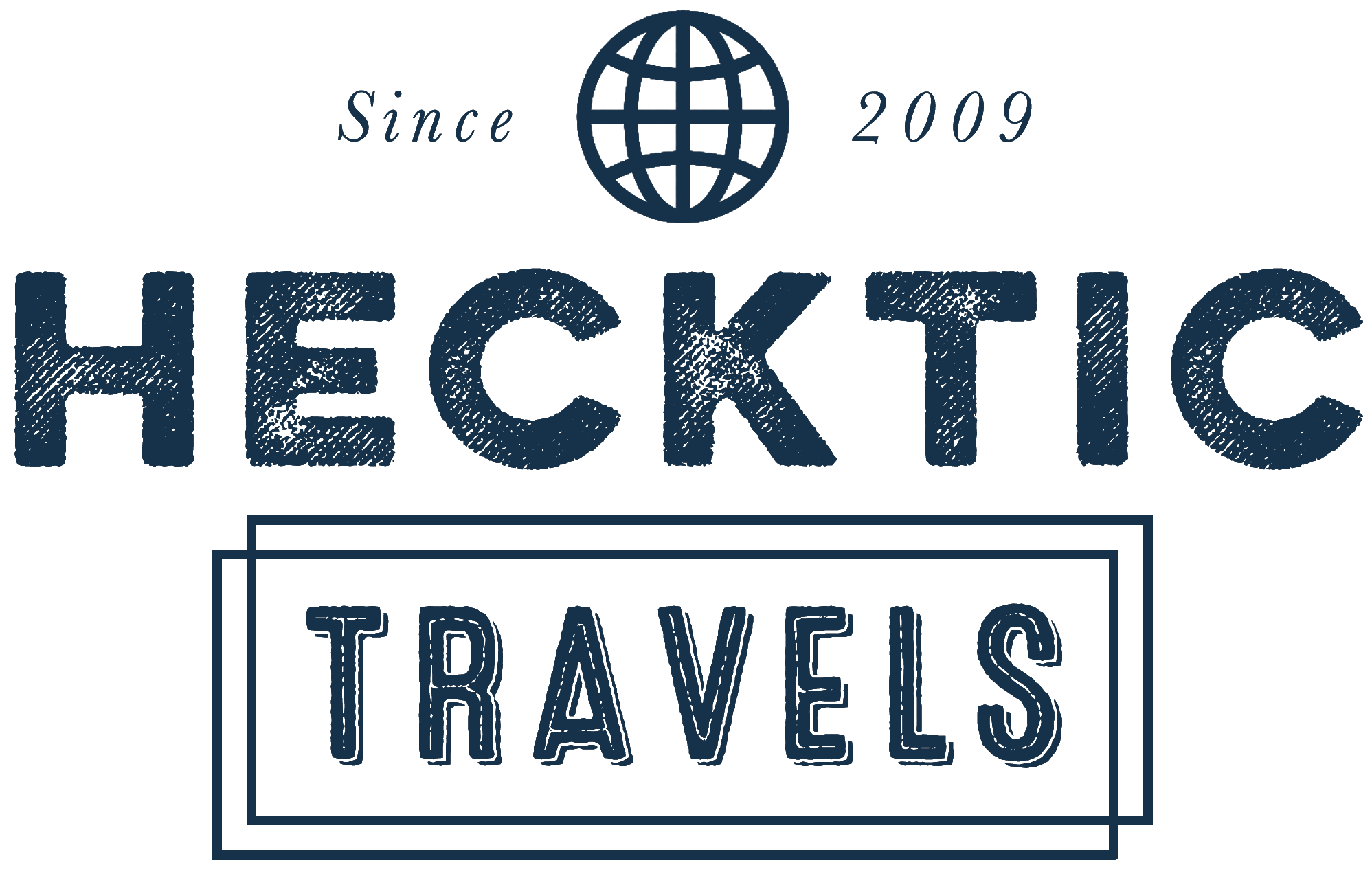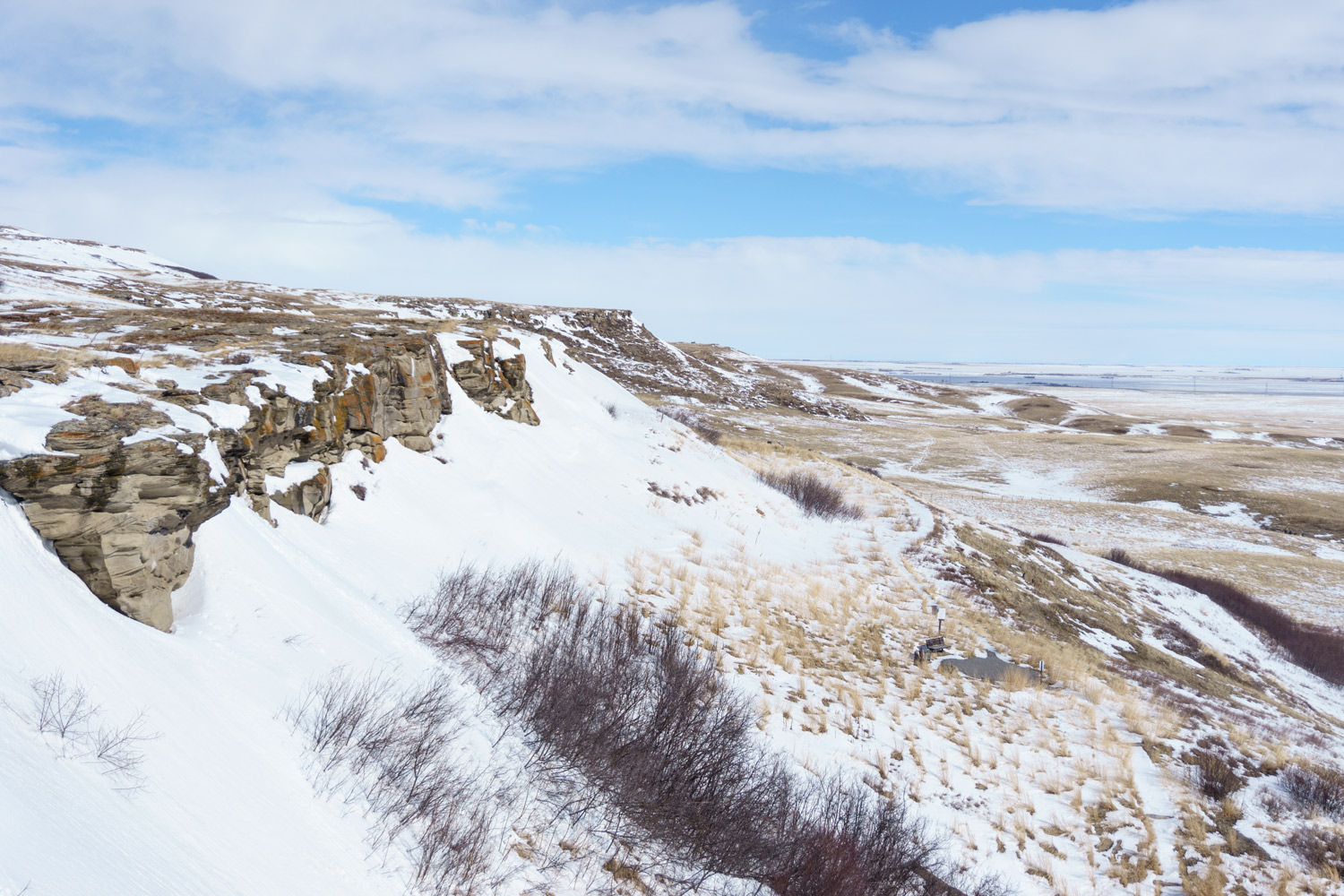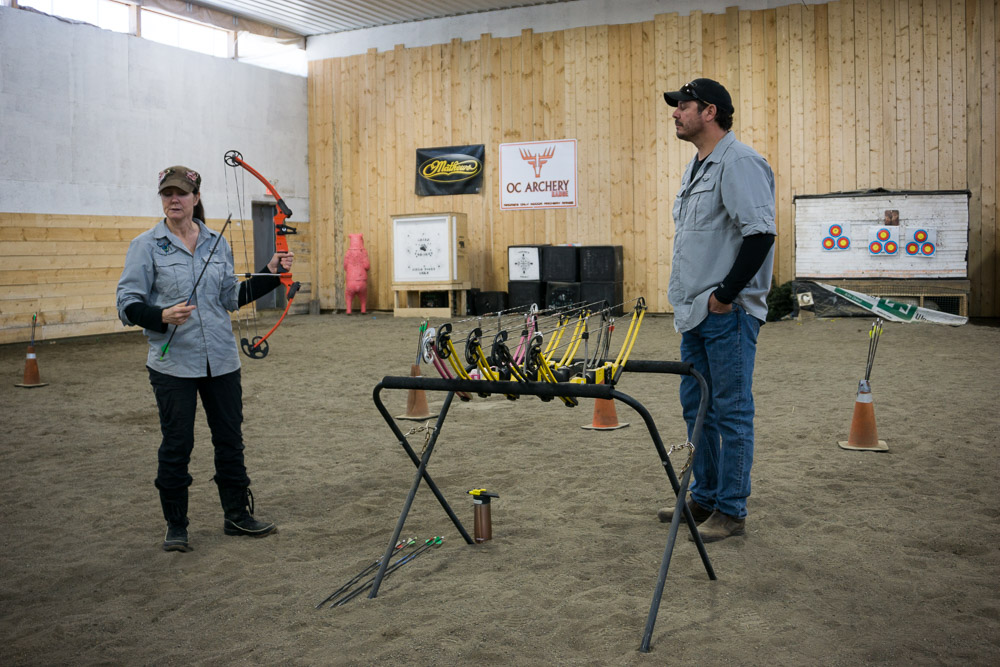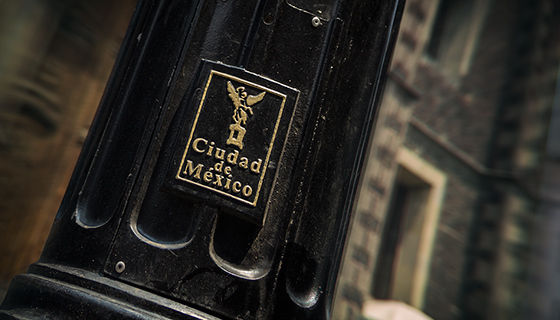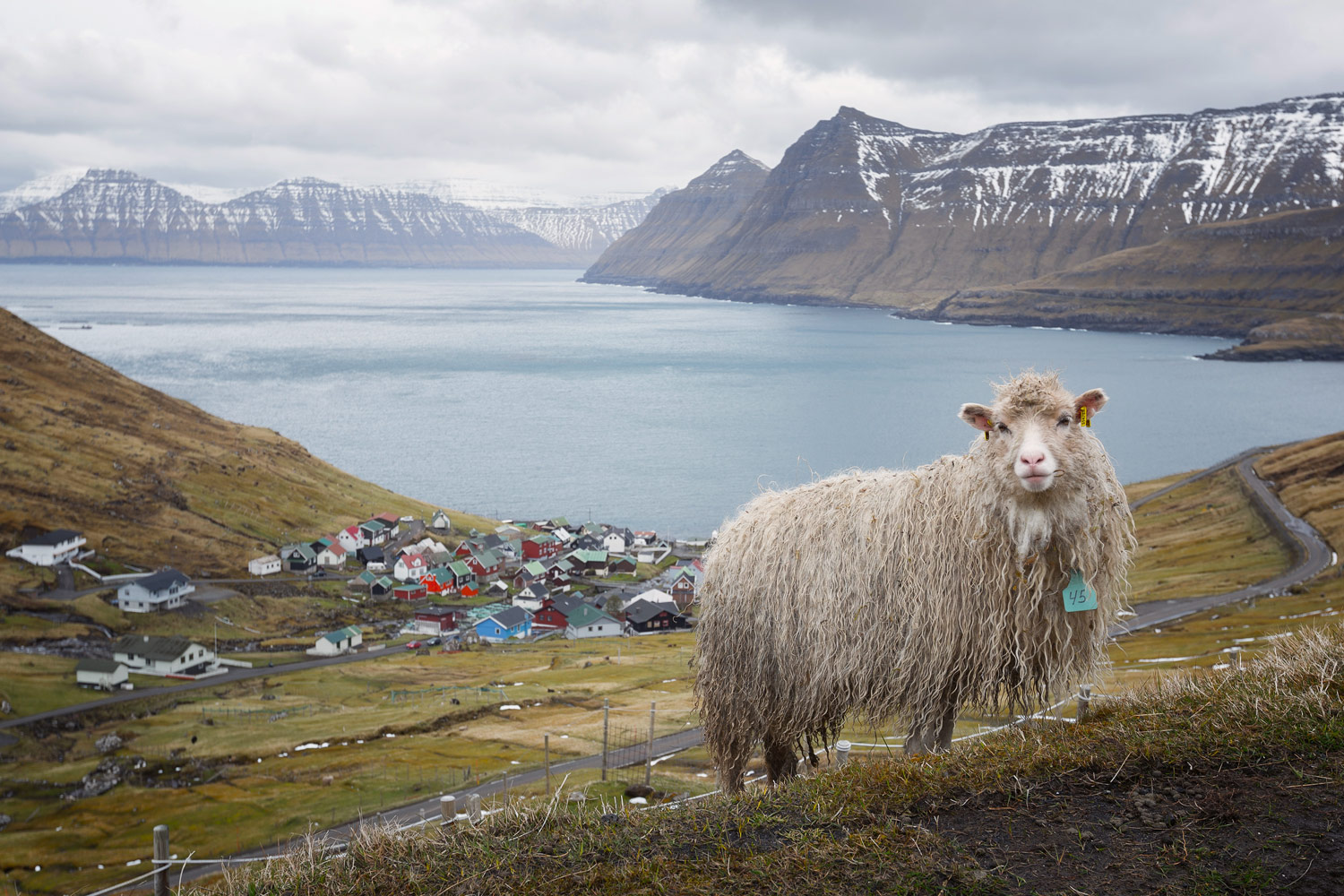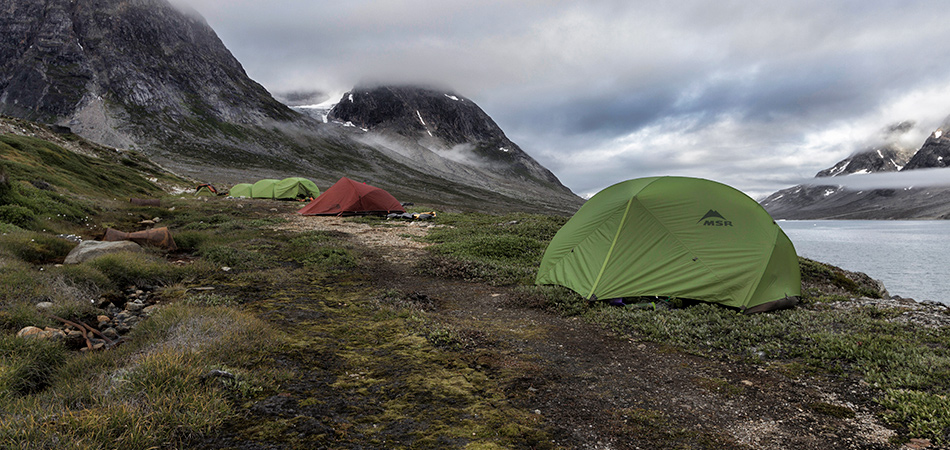What We Have to Learn
Words and Photography by Dalene Heck
Quinton Crow Shoe sat amid an array of artifacts and against a backdrop adorned with colourful diamond shapes and stark black buffalo. It was the concluding stop on our tour of Head-Smashed-in Buffalo Jump, and Quinton invited us into a room named after his father to participate in a smudge ceremony. It was my first smudge, but would not be my last on a journey around southern Alberta that was rooted in visiting Indigenous tourism sites. The intent of the ceremony is to purify the body via a cleansing smoke bath created by setting fire to a small weave of dried grass. The braid was passed around to all in a circle so that we each had a private moment to let the smoke waft over us.
As suggested, I waved the fog of the smoldering sweetgrass onto my eyes so that I may see clearer, over my ears so that I may hear better, and to my mouth so I that may speak truth. I continued to coax it over various areas and limbs of my body and finished by bringing the smoke enveloped in my hands close to my heart.
The particular intimacy of it, in full view of the other participants, startled me. I was shy of the eyes of virtual strangers that may have watched me in such a special moment, but at the same time, I also felt more connected to them and my surroundings.
And it was one of those experiences where in retrospect I shook my head in disbelief, thinking of my upbringing in this province surrounded by Indigenous communities, and wondering why I had never experienced indigenous tourism in Alberta before.
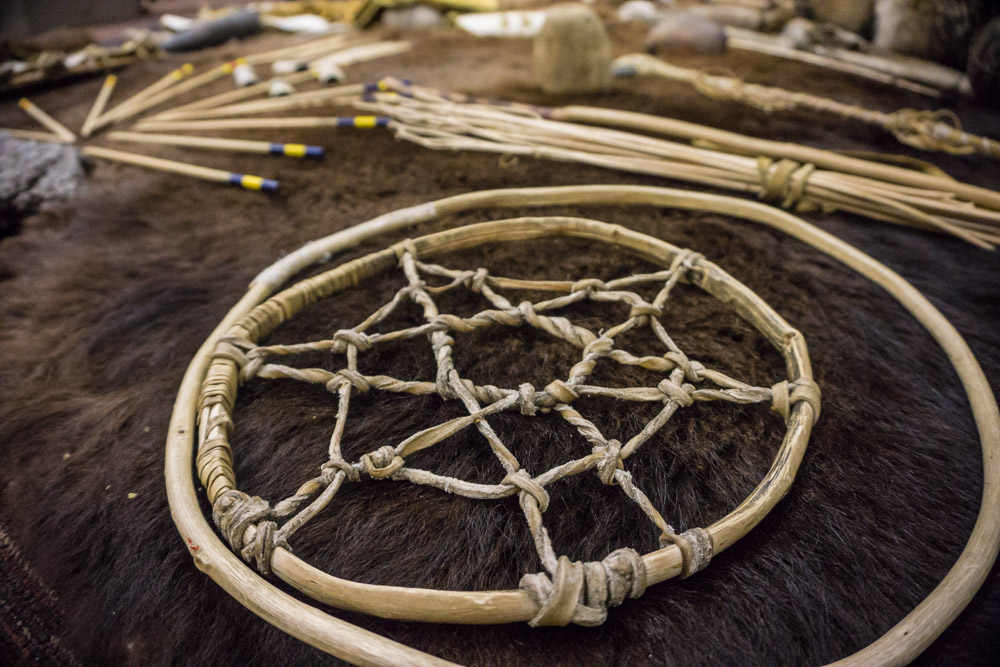
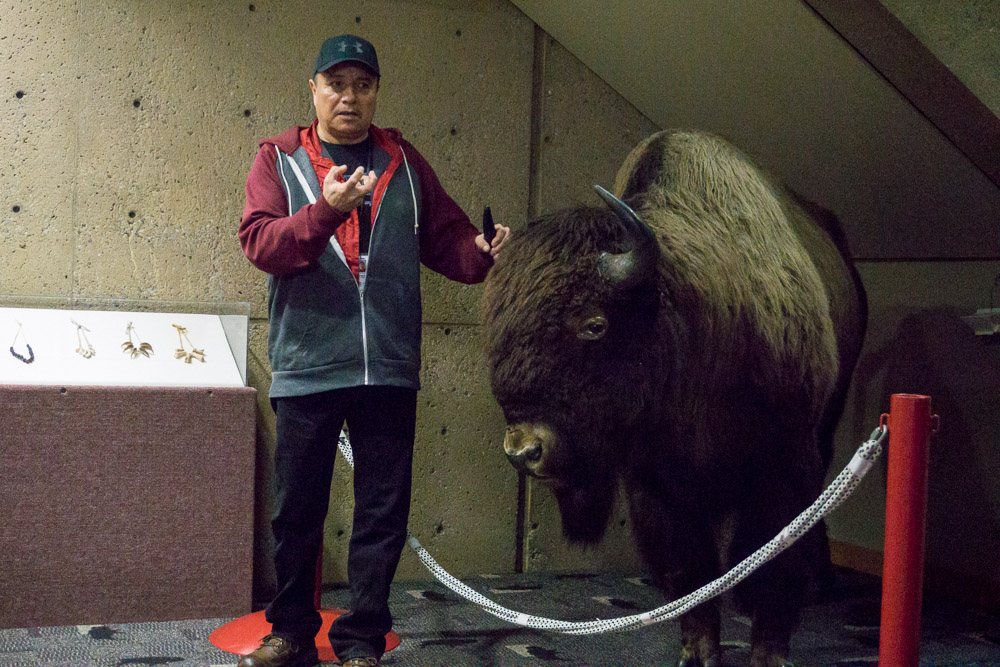
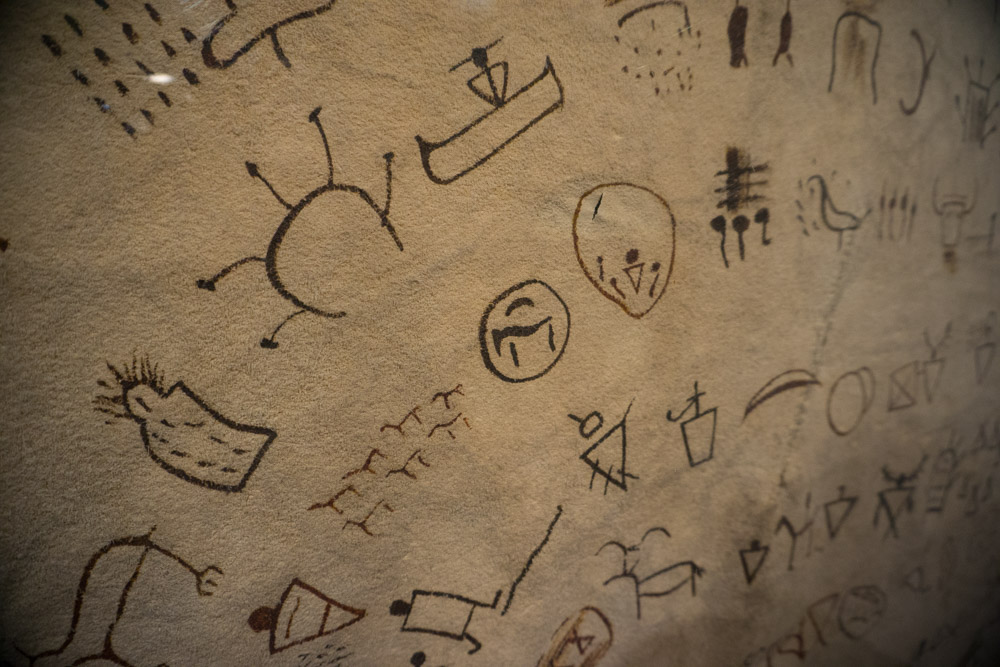
The chasm is wide. I can’t quite recall when, during my schooling, I was introduced to Canada’s history, and specifically as it pertains to the people and culture that existed here prior to the arrival of European immigrants. I am sure that it was reviewed in a variety of classes over the years, but not in any way that stuck with me. It was likely, as was common for the time, that our collective history was meant to be instilled largely via memorization of names and dates. It says a lot that I remember more about my instruction of the Aztec culture of central Mexico than I do of my own country. I distinctly remember, in grade five, building a paper mâché replica of an Aztec pyramid on a large piece of cardboard. Yet from those same years, I barely remember mention of famed Métis leader Louis Riel from Manitoba.
Times have changed, thankfully. With two high school educators in my immediate family, we’ve talked plenty about Alberta’s “new curriculum” and how content and methods of teaching will give students a far better opportunity to retain important knowledge and awareness. Particularly addressed in the new curriculum is the commitment to better honour First Nations, Metis, and Inuit content. These changes, according to this couple in our 40s who feel like we are learning it all from the beginning (and dozens of years after our formal education), are far overdue.
So, Pete and I are playing catch-up.
And I can read all the articles and books available, but the way in which I know that I will learn best is to experience it. I need to talk to people and see historic spots firsthand. I absorb by doing. I need context and story.
Which is why the growth of Indigenous tourism is something that I am going to paying much closer attention too. And there is no better place to start than in the province in which I spent most of my life.
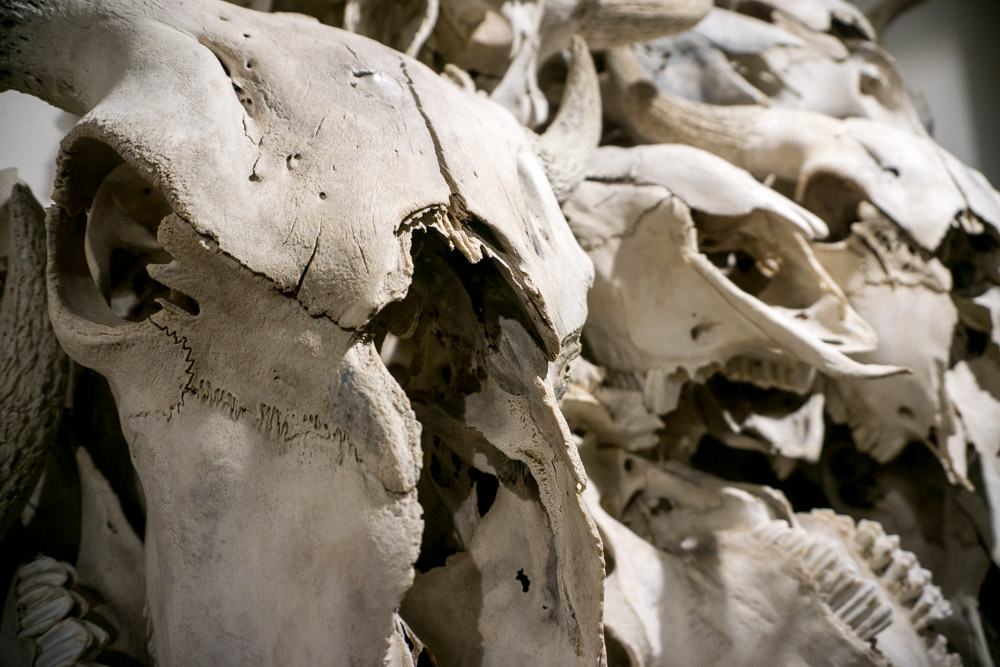
“The Creator is here, day in and day out,” Quinton said. “Take away the interpretive centre and it is still a sacred site.” We were standing on Treaty 7 land within the Piikani community and a part of the Blackfoot Confederacy. A few steps from the interpretive center and we were on the edge of a cliff, staring over the edge at a historic kill site.
Head-Smashed-in Buffalo Jump, so aptly named, was used for over 6,000 years, and a vital part of survival for the nomadic people who frequented here. It took the efforts of a whole community and ingenious methods to employ it, beginning with spiritual ceremonies to ensure a safe and successful hunt. The buffalo were then herded by skilled young men who mingled among them in animal hides. The herd was then lured to v-shaped drive lanes marked with rocks and sticks, the large animals were spooked into panic and took the only option left in front of them, plunging over the steep sandstone cliffs. Below, hunters waited to finish off any that may have survived. The Plains people would use nearly every part of the kill to sustain them until the next.
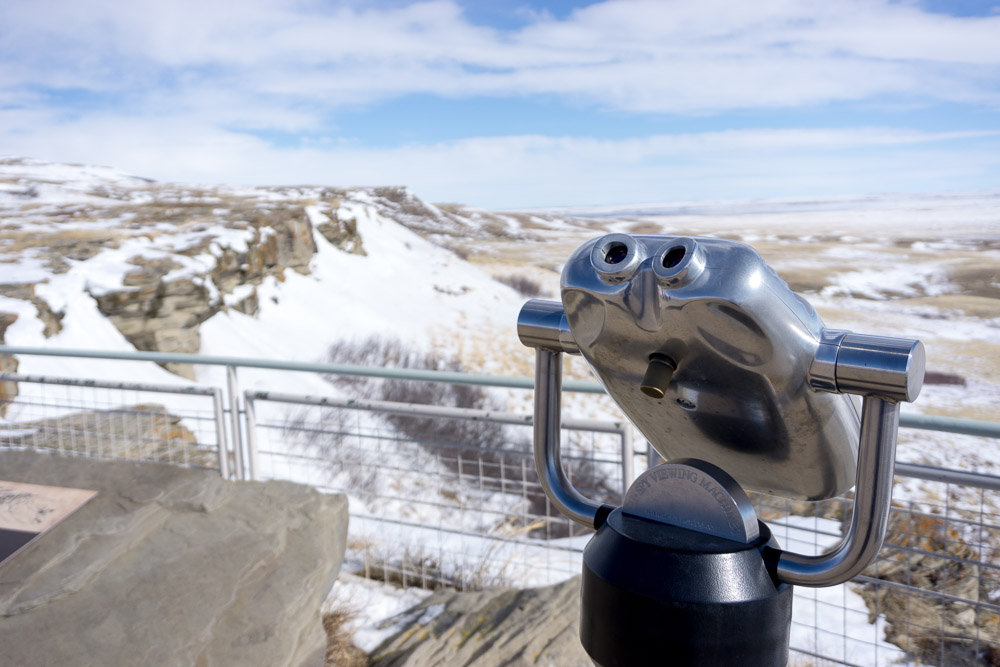
Quinton’s pride in his work and his community was evident and bursting as he lead us through the centre. His imperative is to ensure that the land and stories of the people are respected and cared for. “The time is right,” he said, “for us to come together for education and understanding.”
Every day the staff lights the smudge, not only for its beautiful moment of cleansing but to help maintain the cultural integrity of the site. To remind us (or at the very least, it reminds me) that our goal as humans should be to work in harmony with the land before us.
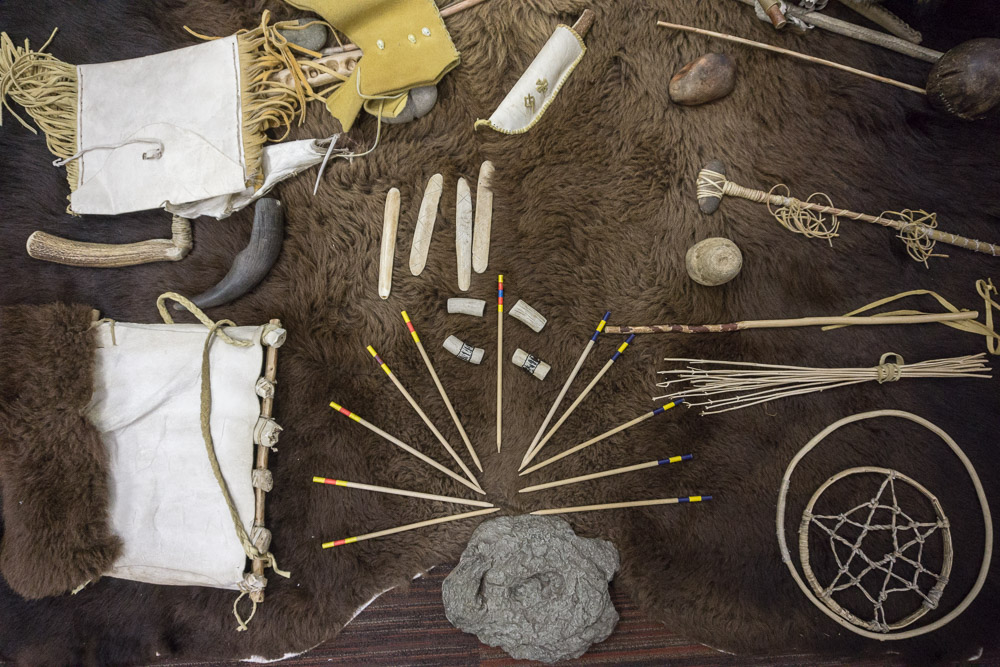
My second smudge was on the second day. Tracey and Tim brought forth smoldering sage – our group learned then that there are a variety of grasses that can be used, and while each Indigenous community may have different usages and approaches, sage was suggested on that day as most suitable for the activity ahead of us. After several quiet moments of passing the small woven braid, we each picked up a bow and arrow. We started with foam targets roughly thirty feet from us. I chose the only pink bow (because of course) and positioned it. I considered the many instructions Tim gave on the angle of my right elbow and the grip of my left hand. Staring down the arrow, I let it fly as I exhaled. For my first shot, it wasn’t bad, but it wasn’t quite on target. And that is how every shot would land for the rest of my time.
Without improvement, I could not exactly consider myself an ethical hunter (the goal is to ensure a clean kill and no suffering). But that did not stop me from wanting to try repeatedly, this return to basic skills of living off of the land being something that has long intrigued me.
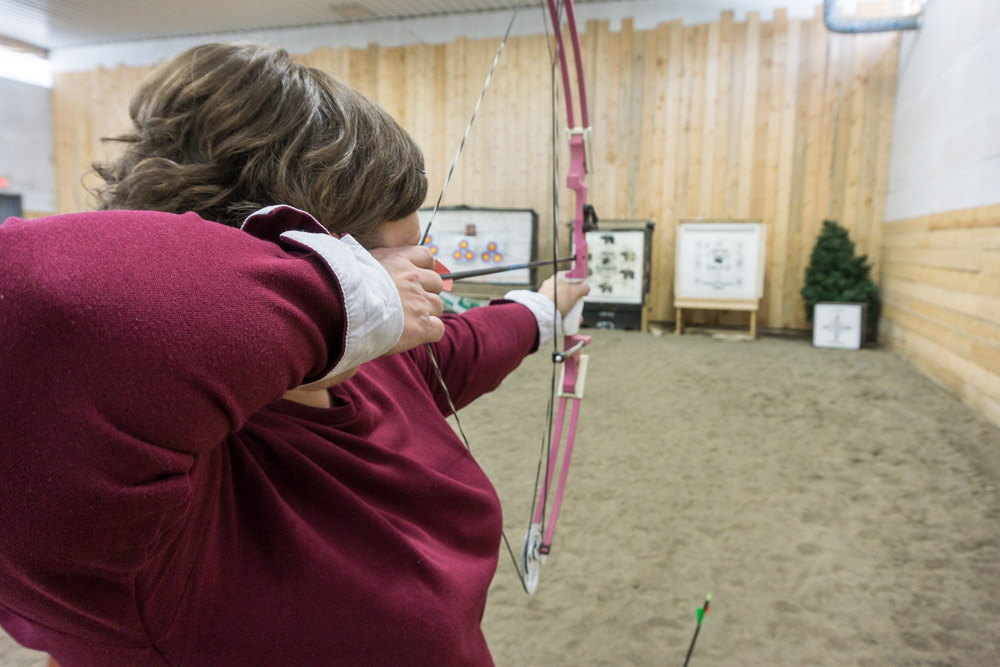
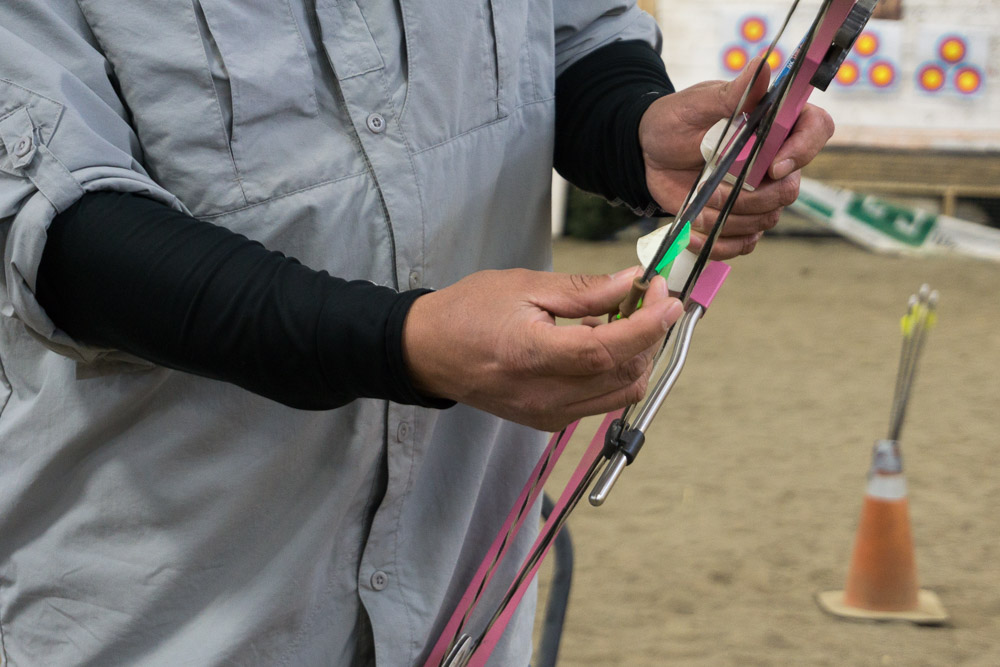
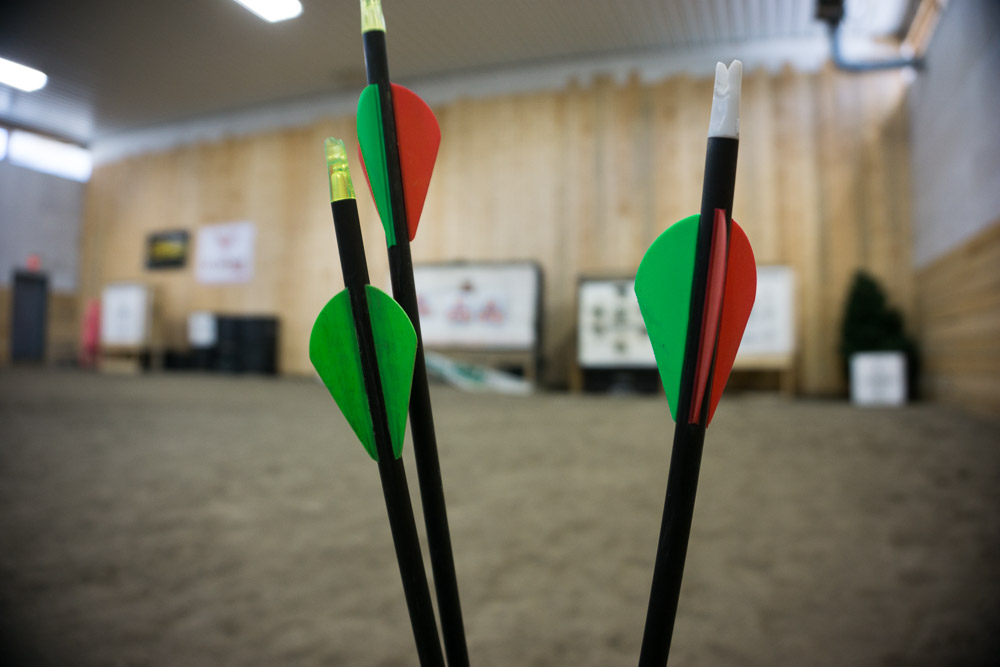
Tim is of Saulteaux/Scottish decent and Tracey is Cree/Mohawk and Irish. Their goal with Painted Warriors, which sits on a beautiful swath of rolling foothills near Sundre, is to provide traditional based learning. Besides archery, their offerings match the wide range of skills they possess. From equestrian to cooking to basic outdoor skills, their clients include actors looking to perfect their roles, people looking to reconnect with nature, and others who want to develop elemental skills. Experiences are custom-built and not mass packaged for tourism, allowing the duo to remain true to their mission: to provide each visitor with an educational and enjoyable activity tailored to their personal desires. That way, everybody leaves with something.
This piece of Indigenous culture – a return to basic skills of living off the land and with local products – fed a desire to connect with nature and a community that while always near in location, was far from my understanding.
I have a lot to learn.
Tracey and Tim of Painted Warriors
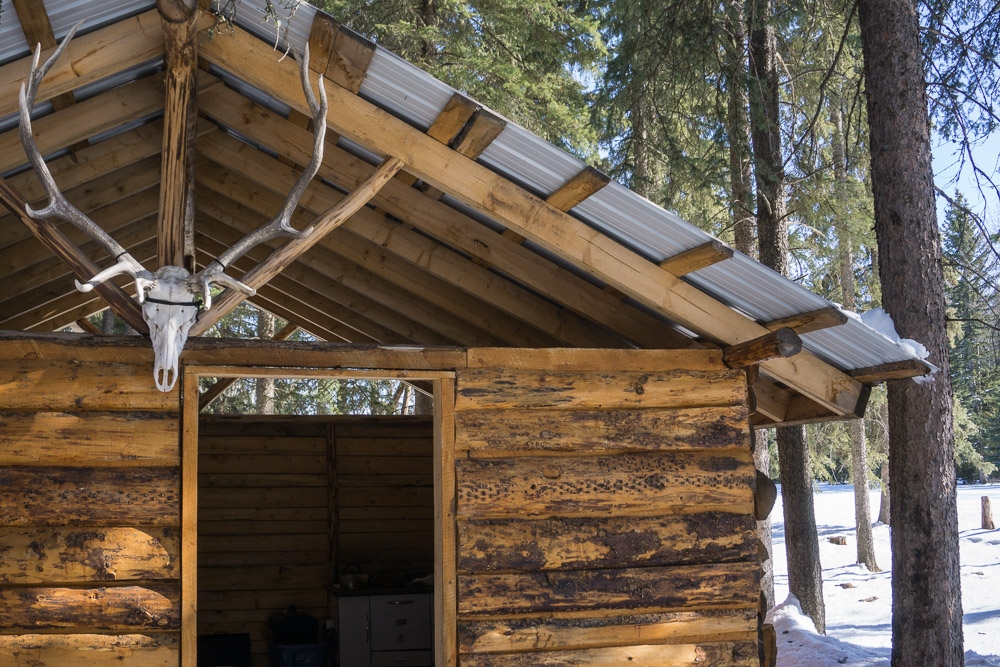
On my trip to these sites through southern Alberta, I had the immense pleasure of traveling with Dené Sinclair, the Director of Marketing for Indigenous Tourism Association of Canada (ITAC). This is one of many things she said that stuck with me: “Adventurous travel is not just about how we push ourselves physically, but also of how we stretch our own minds and understanding.” Pete and I have traveled the world with that intent always in mind, but have not been attentive enough to do it at home.
This feels like the beginning of a chance to stretch my mind beyond my privileged understanding and views of where I came from. Let tourism be my vehicle to do so.
how to do it
Head-Smashed-in-Buffalo-Jump and Painted Warriors are two of several Indigenous tourism experiences to be had in Alberta, and of hundreds across Canada. A good place to start is the ITAC website, to plan adventures to stretch your mind.
This trip around southern Alberta was sponsored by Travel Alberta as a part of the ATTA Elevate conference. All opinions, as always, are my own.
